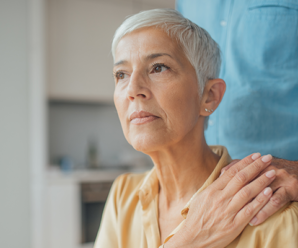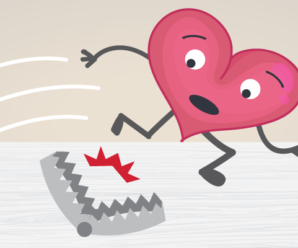
Postural orthostatic tachycardia syndrome (POTS) is defined by a “constellation of signs and symptoms,” rather than any one characteristic, according to Marshfield Clinic Health System cardiologist Dr. Kelley Anderson.
“It’s a disorder where, when a person stands up their heartbeat goes up at least 30 beats per minute, and their blood pressure does not go down,” Anderson said. Symptoms include feeling faint, lightheadedness, the sensation that the heart is pounding, blurred vision and fatigue. Most symptoms occur when the affected person is standing.
“These symptoms are very common,” Anderson cautioned. “It’s not always POTS causing these symptoms.”
Diagnosing POTS
If no other cause can be identified for this collection of symptoms, POTS is a possible diagnosis.
“You’re excluding other causes, and, over time, you can narrow it down to a diagnosis of POTS,” Anderson said. There is no definitive test that confirms a person has POTS.
POTS usually occurs in teens and young adults, ages 15-25, with 75 percent of the affected population being women. It occurs in about two of every one thousand people.
What causes POTS?
“Some people with POTS have a defect in the nerves that work with blood vessels,” Anderson said. “If those nerves aren’t working well, they won’t squeeze the blood vessels well enough, and when people stand up, blood has more difficulty getting to the heart.”
These nerves can also be overactive, with too many nerve signals or hormones triggered, causing the heart rate to go higher than it should. Some people have POTS, Anderson said, because they are “deconditioned.”
“They haven’t been exercising much and they feel tired. Because they have less exercise their heart rate goes up more strongly whenever they increase their activity,” Anderson said. “Over time they feel even more tired because they haven’t felt good enough to exercise, and it can be kind of a vicious cycle.”
Prognosis
“If you have the symptoms, your quality of life can be very bad because you feel terrible,” Anderson said. Some people with POTS are unable to work due to the severity of their symptoms.
Fortunately, it is not fatal, and it usually gets better and goes away over time.
Treatment options
Lifestyle changes can make a big difference for people affected by POTS.
“Daily, regular exercise is essential for most patients,” Anderson said.
Anderson advises staying well-hydrated and adopting a diet heavy in salt because salt helps increase the volume of blood in a person’s body. Wearing compression stockings also can be helpful for some patients. Finally, if other options fail, symptoms can be relieved with medication.






Leave a Reply